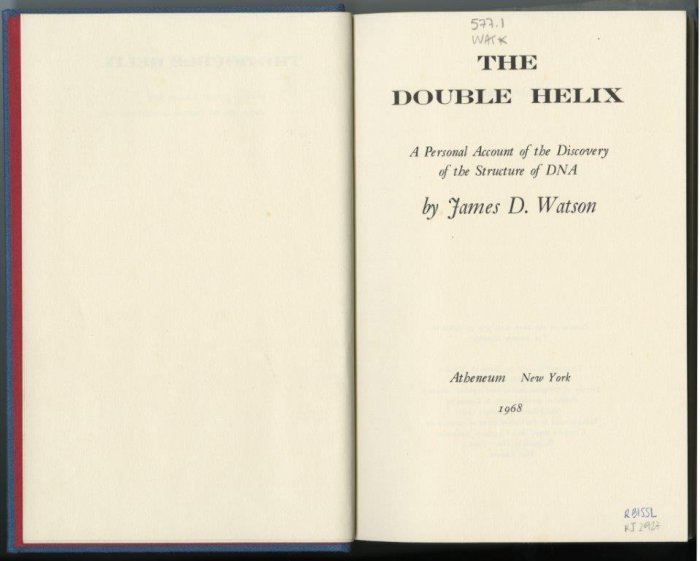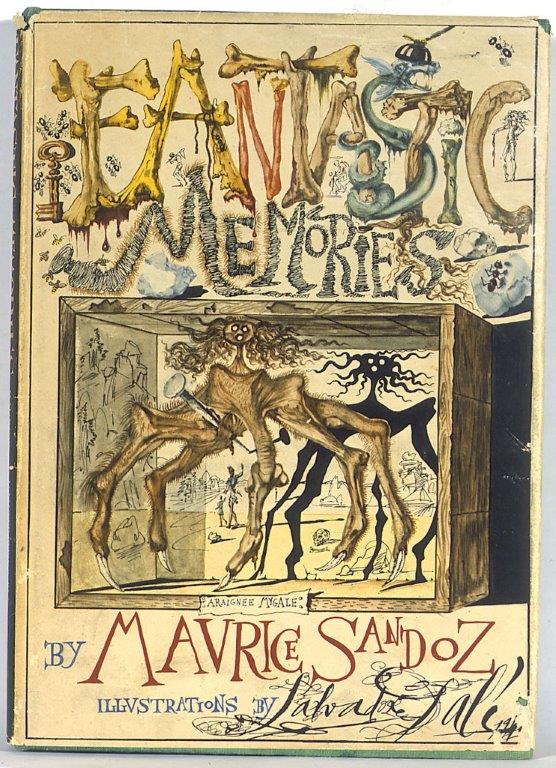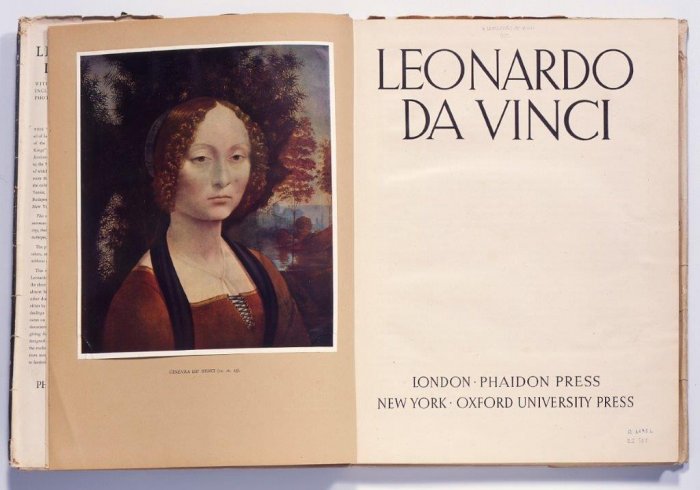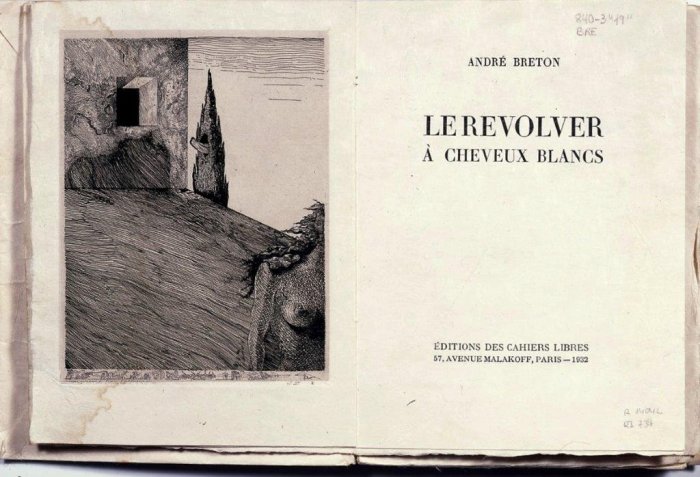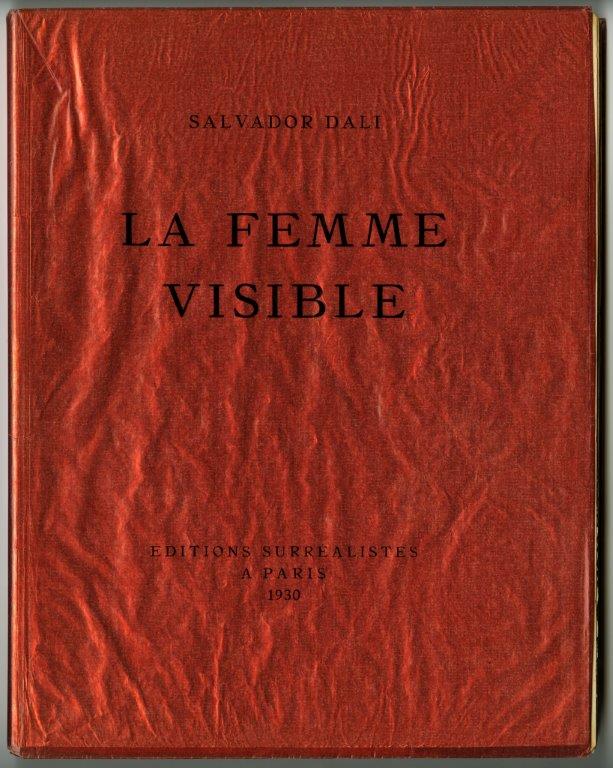The CED manages what was once Salvador Dalí's personal library, which upon the painter's death was moved from the Portlligat house to the Torre Galatea in Figueres. The library contained a substantial number of first editions of his works as long as publications written and illustrated with other artists and authors from the surrealist period.
From a thematic viewpoint the library reflects the painter's interests in art in general. We might particularly mention the books on the Renaissance period, especially on Michelangelo and Leonardo da Vinci, as well as Spanish classics such as Velázquez and Dutch masters such as Johannes Vermeer. Philosophy and religion books also occupy a substantial part of the library, along with science and literature. The library also contains books in Russian, mostly Russian literature, which belonged to Gala.
The CED's acquisitions policy has been developped in two directions: the reconstruction of the painter's library - with purchase of first or later editions of books written by the artist, or others to which he had collaborated as an illustrator -, and acquisition of specialised publications that help us understand better the life and work of Salvador Dalí, as well as the artistic, political and social context in which he lived.
The subject-matter of the books purchased by the CED ranges from 19th century to 21st century art including the latest monographs and exhibition catalogues on the artist and books about his historical context: especially the epoch of the avant-garde movements and surrealism. The CED also houses various monographs on contemporary artists and others whom the painter considered to be leading figures.
The CED library is one of the essential tools of our documentation centre, which is as useful for our in-house research work as it is for independent researchers.






